What are the functions of quartz rod?
点击:发布日期:2020/2/24
Quartz rods are mostly used in the laboratory to stir the liquid without damaging our hands or the test liquid itself. Therefore, there are many kinds of quartz rods used. According to the different materials, the glass rods can also be divided into many kinds. Quartz glass rods are one of them. Quartz rods have the following functions:
1. Spread the heat evenly
2. Transfer of liquids and solids
3. Diversion of transfer liquid in the case of filtration, etc
4. Used for mixing in case of dissolution, evaporation, etc
5. Initiating reactions, such as ignition of red phosphorus
Quartz glass rod - precautions for quartz glass rod
1. Stir in one direction (clockwise or anticlockwise).
2. Do not use too much force when mixing, so as not to break the glass rod or container (such as beaker, etc.).
3. Do not collide with the wall or bottom of the container, and do not make any noise.
The generalized quartz also includes high temperature quartz and coesite. Quartz is one of the main rock forming minerals, generally referred to as low-temperature quartz, which is widely distributed in quartz group minerals. Hardness 7, no cleavage, shell fracture. Specific gravity 2.65. The pure quartz is colorless and transparent. It has various colors due to the presence of micro pigment ions, fine-grained inclusions or color centers, and reduces the transparency. Piezoelectricity. Quartz is a mineral composed of silica, chemical formula SiO2. Quartz block, also known as silica, is mainly the raw material for producing quartz sand, as well as the raw material for quartz refractories and firing ferrosilicon. It has a glass luster and a grease luster on the fracture surface. The main component is SiO2, which is colorless and transparent, often contains a small amount of impurities, but becomes a translucent or opaque crystal with hard texture. Quartz is a kind of mineral resource which is not disordered in physical and chemical properties.
1. Spread the heat evenly
2. Transfer of liquids and solids
3. Diversion of transfer liquid in the case of filtration, etc
4. Used for mixing in case of dissolution, evaporation, etc
5. Initiating reactions, such as ignition of red phosphorus
Quartz glass rod - precautions for quartz glass rod
1. Stir in one direction (clockwise or anticlockwise).
2. Do not use too much force when mixing, so as not to break the glass rod or container (such as beaker, etc.).
3. Do not collide with the wall or bottom of the container, and do not make any noise.
The generalized quartz also includes high temperature quartz and coesite. Quartz is one of the main rock forming minerals, generally referred to as low-temperature quartz, which is widely distributed in quartz group minerals. Hardness 7, no cleavage, shell fracture. Specific gravity 2.65. The pure quartz is colorless and transparent. It has various colors due to the presence of micro pigment ions, fine-grained inclusions or color centers, and reduces the transparency. Piezoelectricity. Quartz is a mineral composed of silica, chemical formula SiO2. Quartz block, also known as silica, is mainly the raw material for producing quartz sand, as well as the raw material for quartz refractories and firing ferrosilicon. It has a glass luster and a grease luster on the fracture surface. The main component is SiO2, which is colorless and transparent, often contains a small amount of impurities, but becomes a translucent or opaque crystal with hard texture. Quartz is a kind of mineral resource which is not disordered in physical and chemical properties.
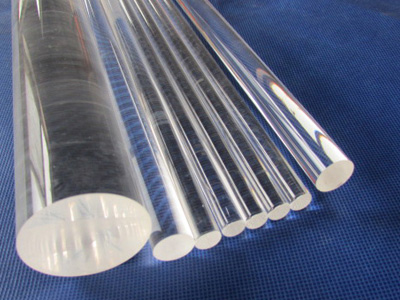
Quartz glass rod
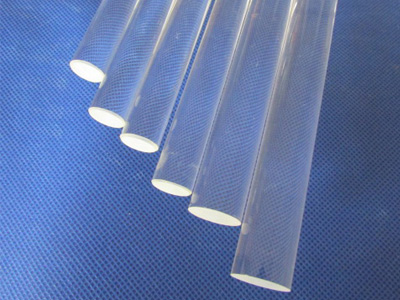
Quartz glass rod
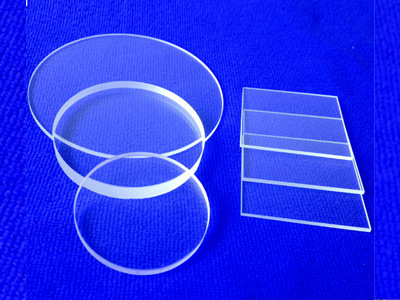
Quartz chip
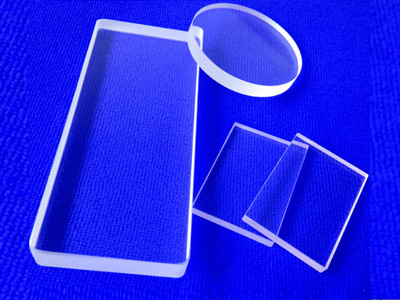
Quartz chip
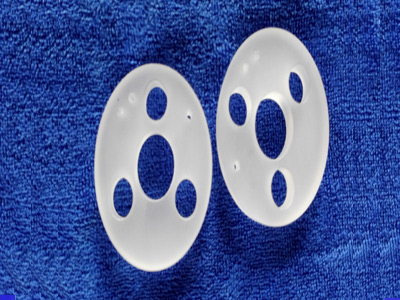
Quartz glass sheet
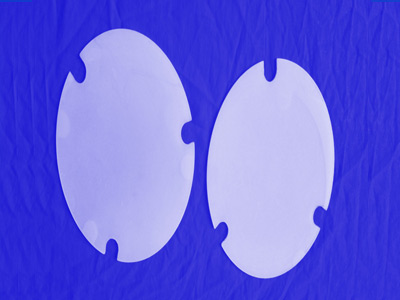
Quartz chip
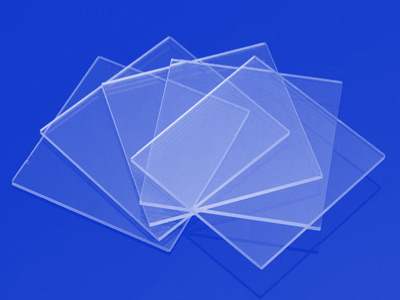
Quartz glass sheet

Quartz glass
What are the differences between quartz tube and glass?
Purity of quartz glass
Performance characteristics of carbon fiber electric heating tube products
Quartz glass fiber and quartz glass cotton
Application and function of quartz sand
Test method for thermochromism of quartz glass
Development history of quartz glass
Physical and chemical properties of quartz tube
What are the functions of quartz rod?



